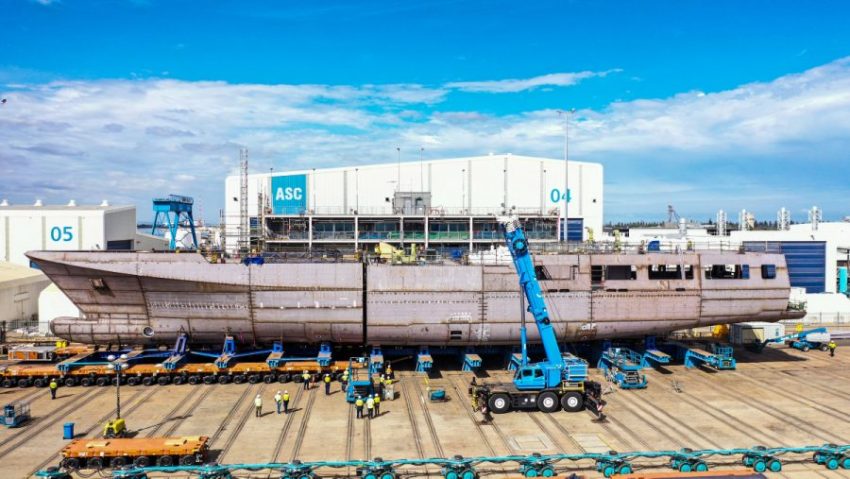Todjaeger
Potstirrer
The problem with the idea all along is that while the intention might have been for there to be a 'simple' missile which could be produced domestically if/when advanced air defence missiles like ESSM, Standard, etc. al. warstocks were depleted by a prolonged conflict, some of the capabilities credited or required for the 'simple' missile to function are in fact, not simple.Im commenting now, because a prev comment of mine was just referred to.
So this is last comment on the subject.
I accept the tirade of reasons why it wont work.
The missile in question is intended to merely be a 2nd tier SIMPLE air burst munition, that doesnt usurp anything but instead places a round in what would otherwise be an empty VLS cell.
Its basic, so if the target moves from initial tracked trajectory, it would miss, but then one could fire a second round.
Every feature of this envisioned missile round is common to other missiles used.
Being simple, it would be a basic foundation for industry to produce this defensive ships magazine filler. Perhaps something that more capable variants may evolve from?
Perhaps other classes of missile may expand australian industry further, originating from an idea to cheaply fill an empty VLS cell.
Thats it. If its not popular, or rubbish its dead. The hobby horse is dead.
Thanks for taking the time to engage in the notion.
The above, coupled with likely requirements for a capability to be both relevant and useful, create something of an impossible situation.
For example, AFAIK current naval area air defence doctrine calls for launching two or more missiles to ensure a hostile inbound is successfully intercepted. That means launching two or more ESSM, with their SARH and CEA MOUNT illuminator at an inbound hostile to make sure that at least one ESSM either hits or detonates close enough to the inbound to shoot it down. Going back to the days of WWII and the AAA of the Allied air defences, prior to the adoption of the proximity fuze, it took on average ~2,500 AAA rounds fired to shoot down a single Axis aircraft. After the development and adoption of the proximity fuze, that number was dramatically cut, but still remained high requiring on average hundreds of rounds fired per aircraft shot down. It is also worth remembering that AA defences back then also utilized radar systems (including by proximity fuzes) as well as optical sighting systems and mechanical targeting computers. All to hit comparatively slow-moving targets at ranges of ~14 km or less. Even if a single hypothetical missile were to equal a half-dozen WWII-era AAA shells, it could easily require more missiles than the number which might be able to be quad-packed in a Hobart-class DDG to achieve a single successful interception/shoot down. Especially since a more modern aerial target could easily be moving at twice the speed and if one is talking about using the hypothetical missile at range, it would be more than the ~14 km range limit from WWII.
So to put this all together, so that this idea can really be put to bed...
In order for the 'simple' tier 2 missile to exist and function as described it would require;
- A proximity fuze (certainly possible, but not a "simple" item to manufacture)
- Steerable maneuvering (again, possible, but not "simple")
- A guidance computer of some sort (electronic, mechanical, again possible but not simple) to permit a course correction/change after launch
- A system to accept targeting data from the vessel, while the missile is enclosed within the VLS cell prior to launch
At some point, Australia would almost certainly run into a problem with either requiring access to a raw material not available domestically in Australia, or requiring a component which is not required and/or profitable enough domestically to sustain the domestic production costs.


